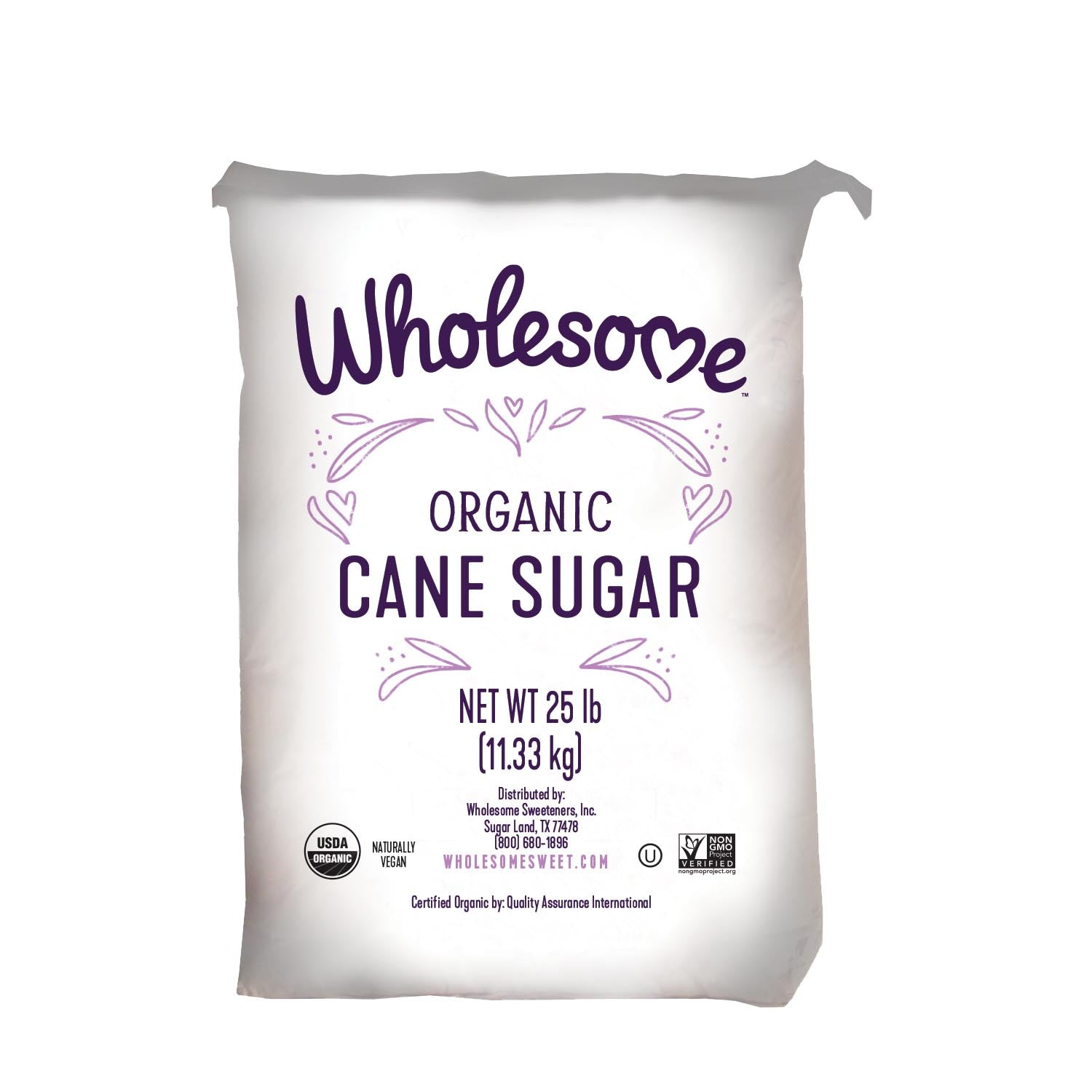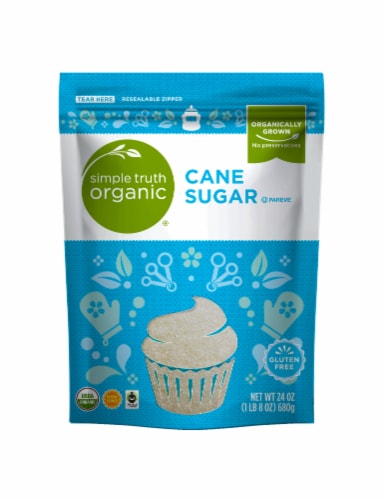Cane Sugar Processing: Secret Technologies for Superior Sugar Production
Wiki Article
An Extensive Overview to the Ecological Influence and Sustainability Practices in Walking Cane Sugar Handling
The environmental influence of walking cane sugar handling provides a complex variety of difficulties that warrant cautious assessment. From soil degradation and excessive water usage to the carbon impact connected with growing and production, the repercussions of conventional techniques are far-reaching. What details methods can be carried out to strike a balance between productivity and ecological stewardship?Introduction of Walking Stick Sugar Processing
Walking cane sugar processing entails a collection of systematic steps that transform sugarcane right into refined sugar. Initially, collected sugarcane is transported to refining facilities, where it undergoes cleaning to get rid of dirt and debris. Following this, the cane is crushed to draw out juice, which is after that clarified by eliminating contaminations through home heating and the enhancement of lime.The made clear juice undertakes evaporation, where water is removed to concentrate the sugar material. These crystals are divided from the continuing to be syrup using centrifugation, resulting in raw sugar.
The final product is then dried out and packaged for distribution. Throughout this whole procedure, keeping performance and quality assurance is important to ensure the sugar meets industry requirements. Each step in walking stick sugar handling not just adds to the end product yet additionally has ramifications for resource use and waste generation, setting the phase for conversations on sustainability and ecological influences related to sugar manufacturing.
Ecological Obstacles of Manufacturing
The manufacturing of walking stick sugar provides a number of considerable environmental challenges that warrant attention. One primary concern is the comprehensive use agrochemicals, including fertilizers and pesticides, which can cause dirt destruction, biodiversity loss, and contamination of neighborhood water resources. The overflow from sugarcane fields frequently carries these chemicals right into neighboring ecological communities, disrupting marine life and influencing the health and wellness of neighborhoods reliant on these water bodies.Another challenge is the high power intake connected with sugarcane processing. The boiling and refining phases need substantial heat, largely created by shedding nonrenewable fuel sources, adding to greenhouse gas discharges. Additionally, the expansive acreage needed for sugarcane growing can result in logging and environment damage, further intensifying environment adjustment and harmful wildlife.
Moreover, the labor methods in some regions elevate ethical problems, as employees may encounter bad working conditions and poor earnings. This scenario typically perpetuates a cycle of destitution in local areas. Cane Sugar Processing. Attending to these environmental obstacles is vital for establishing more lasting practices in walking cane sugar manufacturing, ultimately profiting both the atmosphere and the neighborhoods involved in this market
Water and Land Usage Impact
Water resources and land application are crucial parts in the walking stick sugar industry that dramatically impact the atmosphere. The growing of sugarcane calls for substantial water input, with estimates suggesting that it can eat approximately 2,000 liters of water per kilogram of sugar created. This extensive use water frequently causes deficiency of local water resources, affecting not only the sugarcane vineyards yet also surrounding ecosystems and communities that count on the same water sources for agriculture and domestic usage.
Moreover, land use for sugarcane farming can cause deforestation and the conversion of natural environments into monoculture vineyards. This practice reduces biodiversity, interferes with regional ecological communities, and contributes to dirt degradation. The growth of sugarcane areas frequently elbows in on important farming land, developing competition for resources in between food and biofuel manufacturing.
Lasting techniques, such as optimizing watering strategies and implementing crop turning, are important to alleviate these influences. By adopting much more effective water use and land monitoring techniques, the walking stick sugar sector can lower its ecological footprint, making sure an equilibrium in between farming productivity and environmental preservation.
Greenhouse Gas Emissions
Greenhouse gas discharges stand for a substantial ecological problem within the cane sugar processing site link industry, particularly as agricultural methods broaden to satisfy international need. The cultivation of sugarcane, a crop that thrives in tropical environments, counts greatly on artificial plant foods and pesticides, which add to laughing gas emissions. In addition, land-use adjustments, including deforestation for brand-new sugarcane ranches, release carbon dioxide saved in vegetation and dirt.During processing, power intake is one more significant resource of greenhouse gas exhausts - Cane Sugar Processing. Several sugar mills utilize fossil fuels to power equipment and create warmth, leading to substantial carbon impacts. Moreover, the transportation of raw sugarcane and completed products adds layers of exhausts through gas combustion in cars
The cumulative effect of these emissions aggravates environment modification, posing risks not just to the atmosphere but additionally to the lasting feasibility of the industry. Stakeholders must identify the urgent demand for extensive approaches that deal with these exhausts. This includes assessing existing agricultural methods, processing techniques, and transport systems to identify locations for improvement and mitigation. Addressing greenhouse gas exhausts is important for cultivating a more lasting walking cane sugar industry in an altering environment.

Sustainable Practices and Innovations
Lasting methods and technologies are progressively vital in the walking cane sugar handling market as stakeholders seek to minimize environmental influences while preserving performance. One considerable advancement is the execution of integrated plant management, which enhances source use by incorporating soil monitoring, insect control, and plant rotation methods. This approach improves return while reducing chemical inputs and maintaining soil health and wellness.Moreover, the fostering of renewable energy resources, such as biomass from sugarcane residues, has obtained traction - Cane Sugar Processing. By converting waste items into energy, refining centers can decrease their dependence on nonrenewable fuel sources, consequently decreasing greenhouse gas emissions
Water administration techniques have also seen enhancements via the recycling and reusing of water in handling plants, considerably lowering freshwater consumption. Advancements in modern technology, such as accuracy agriculture, enable farmers to keep an eye on plant wellness and resource usage better, making certain lasting cultivation practices.
Moreover, qualification programs like Fair Trade and Rainforest Alliance motivate eco liable farming practices and promote social equity within the supply chain. By accepting these lasting methods and technologies, the walking cane sugar handling industry can enhance its resilience and contribute positively to environmental stewardship.
Conclusion
The environmental impact of walking stick sugar processing provides considerable difficulties, including soil degradation, high water usage, and greenhouse gas exhausts, together with moral problems connected to labor techniques. Resolving these concerns via lasting techniques, such as incorporated plant administration, sustainable energy adoption, and visit site water recycling, is vital. By promoting socially equitable and environmentally responsible methods in sugar manufacturing, the sector can alleviate its negative impacts, guaranteeing a much more review sustainable future for both areas and ecological communities associated with this field.Walking cane sugar handling includes a collection of methodical actions that transform sugarcane right into polished sugar. Each action in walking stick sugar handling not just contributes to the final item yet also has implications for source usage and waste generation, establishing the stage for discussions on sustainability and ecological influences connected with sugar manufacturing.
Greenhouse gas exhausts stand for a considerable environmental issue within the walking stick sugar handling market, particularly as farming methods expand to fulfill international demand.Lasting methods and developments are increasingly essential in the walking cane sugar processing industry as stakeholders seek to reduce ecological effects while maintaining performance.The environmental influence of walking stick sugar processing presents substantial obstacles, including dirt degradation, high water intake, and greenhouse gas discharges, alongside ethical problems connected to labor methods.
Report this wiki page